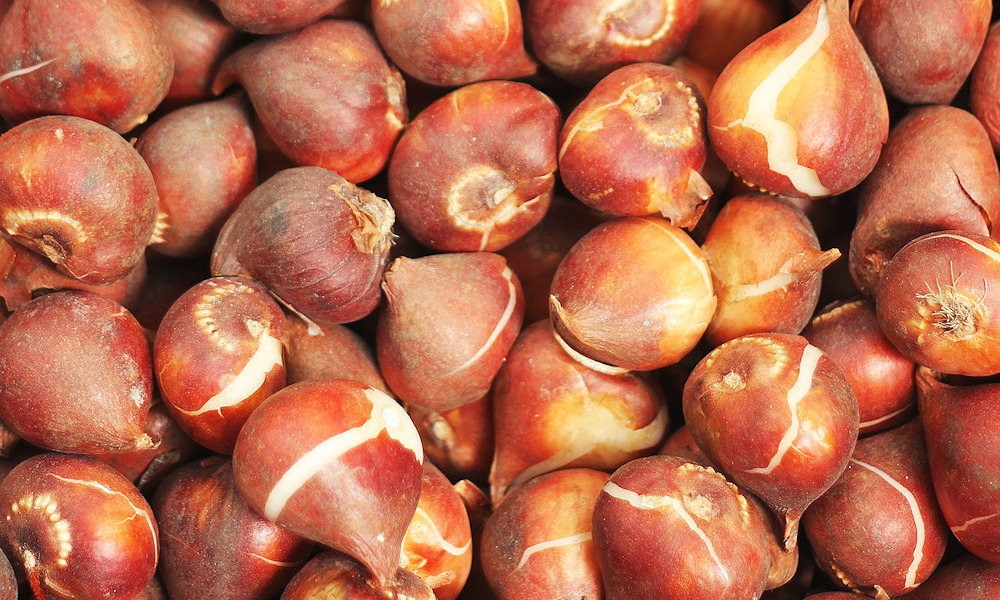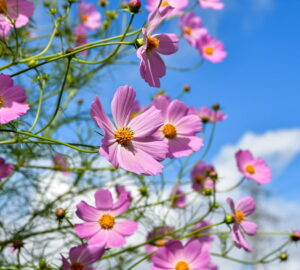As autumn hues paint the landscape and the days grow cooler, it’s the perfect time for garden enthusiasts to plan for the vibrant burst of color that spring will bring. One of the best ways to ensure a stunning spring display is by planting spring-blooming bulbous plants in the fall. In this guide, we’ll explore the ins and outs of fall bulb planting, introduce you to five common bulbous plants that thrive in spring, debunk some misconceptions and set you on the path to a garden filled with early-season beauty.
Planting Bulbs in Autumn
Planting bulbs in the fall is a horticultural delight, but it requires careful planning and execution. Here are some general tips to get you started on the right foot:
- Choose Quality Bulbs: Select firm, plump bulbs without signs of damage or disease. Healthy bulbs are more likely to produce robust blooms.
- Prepare the Soil: Ensure well-draining soil with good organic matter content. Bulbs dislike soggy feet, so amend heavy clay soils with compost or sand if necessary.
- Pointed End Facing Upward: When planting flower bulbs, it’s generally recommended to plant them with the pointed or “nose” end facing upward and the flat or root end facing downward. This orientation allows the emerging stem and leaves to find their way to the surface more easily. If you’re unsure about the orientation of a particular bulb, you can observe it closely; the pointier end is the one that should face up. Planting bulbs in the correct direction ensures they receive the proper signals from gravity and light, helping them grow and bloom beautifully in the spring.
- Plant at the Right Depth: A general rule of thumb is to plant bulbs at a depth equal to three times their height. However, follow specific planting depth recommendations for each type of bulb (covered in the next section).
- Spacing Matters: Adequate spacing prevents overcrowding and competition for nutrients. Typically, bulbs should be planted two to three times their width apart.
- Water Wisely: Give your newly planted bulbs a good drink, and water sparingly through the fall. Excessive moisture can lead to rot.

Spring-Blooming Bulbous Plants for Your Garden
Now, let’s explore five popular spring-flowering bulbous plants that thrive when planted in the fall:
Tulips (Tulipa spp.)
- Plant Depth: 6-8 inches (15-20 cm)
- Spacing: 4-6 inches apart (10-15 cm)
- Bloom Time: Early to late spring
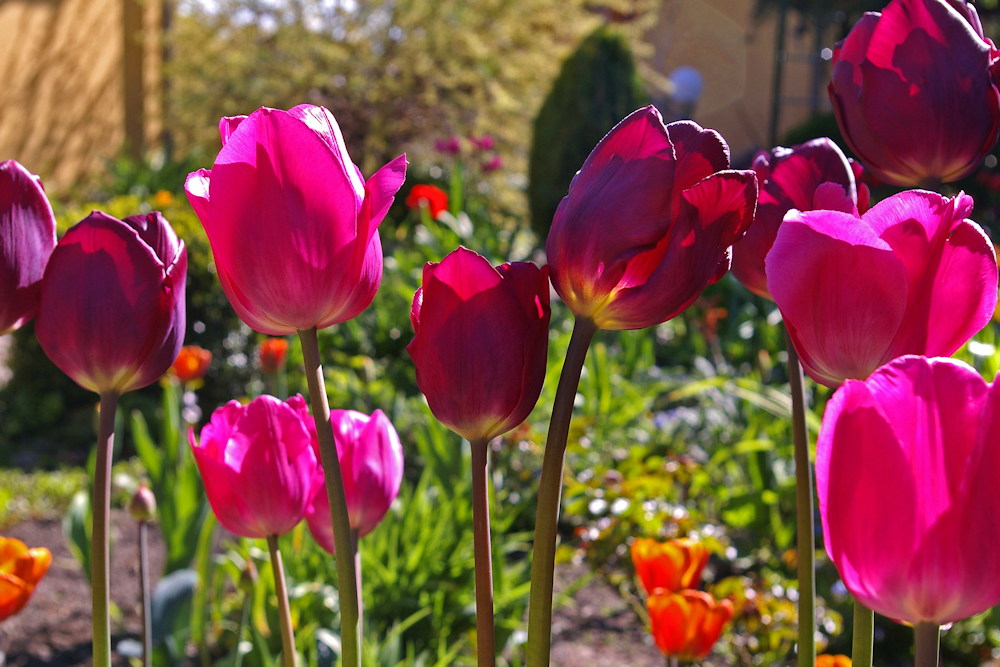
Daffodils (Narcissus spp.)
- Plant Depth: 4-6 inches (10-15 cm)
- Spacing: 4-6 inches apart (10-15 cm)
- Bloom Time: Early to mid-spring
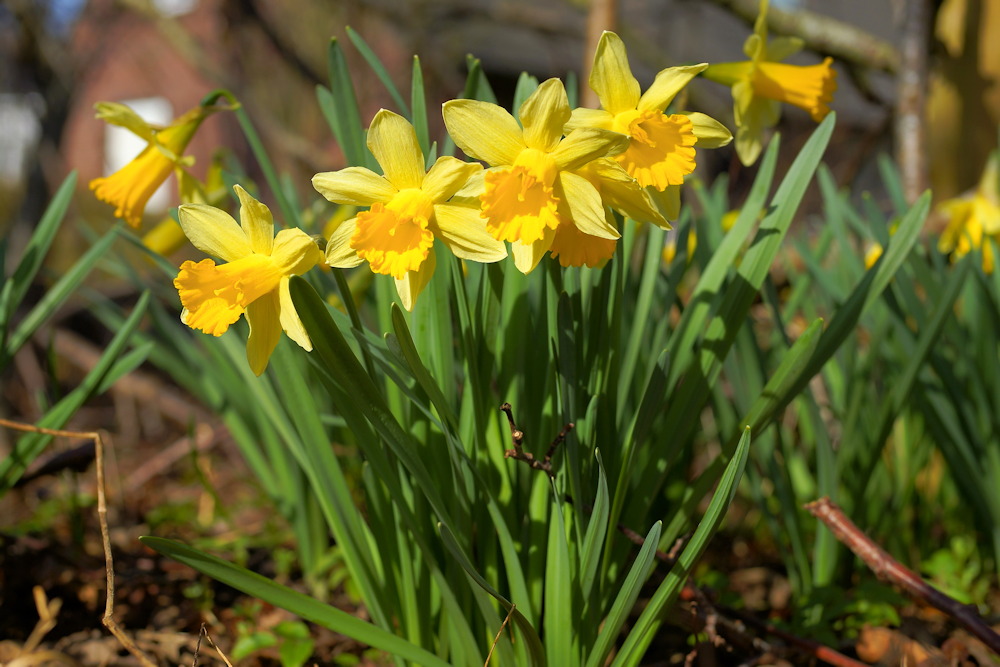
Crocuses (Crocus spp.)
- Plant Depth: 2-4 inches (5-10 cm)
- Spacing: 2-3 inches apart (5-7.5 cm)
- Bloom Time: Late winter to early spring
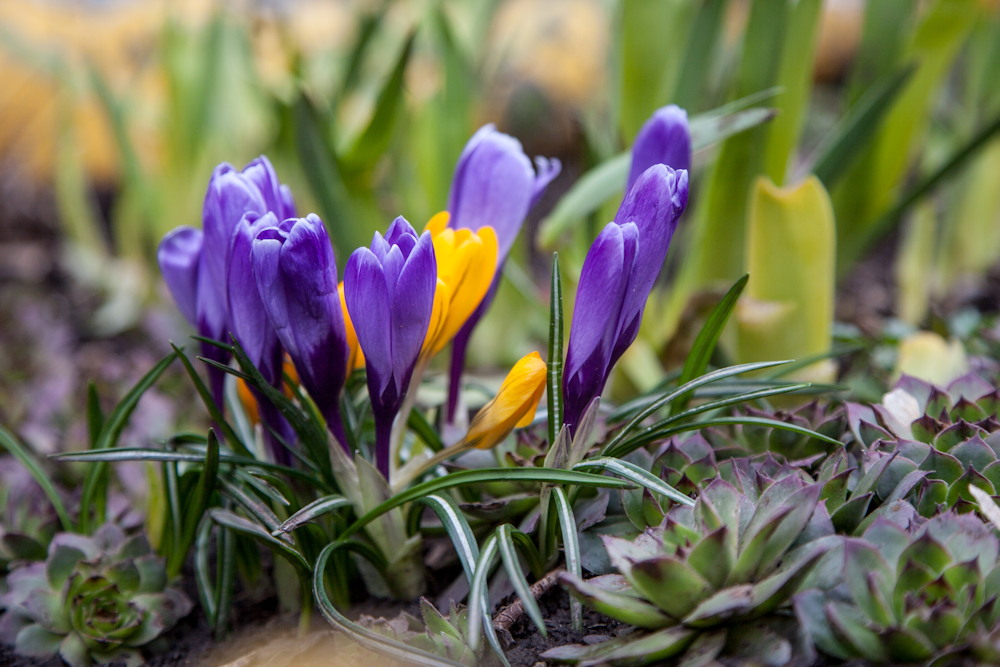
Hyacinths (Hyacinthus spp.)
- Plant Depth: 6-8 inches (15-20 cm)
- Spacing: 4-6 inches apart (10-15 cm)
- Bloom Time: Mid to late spring
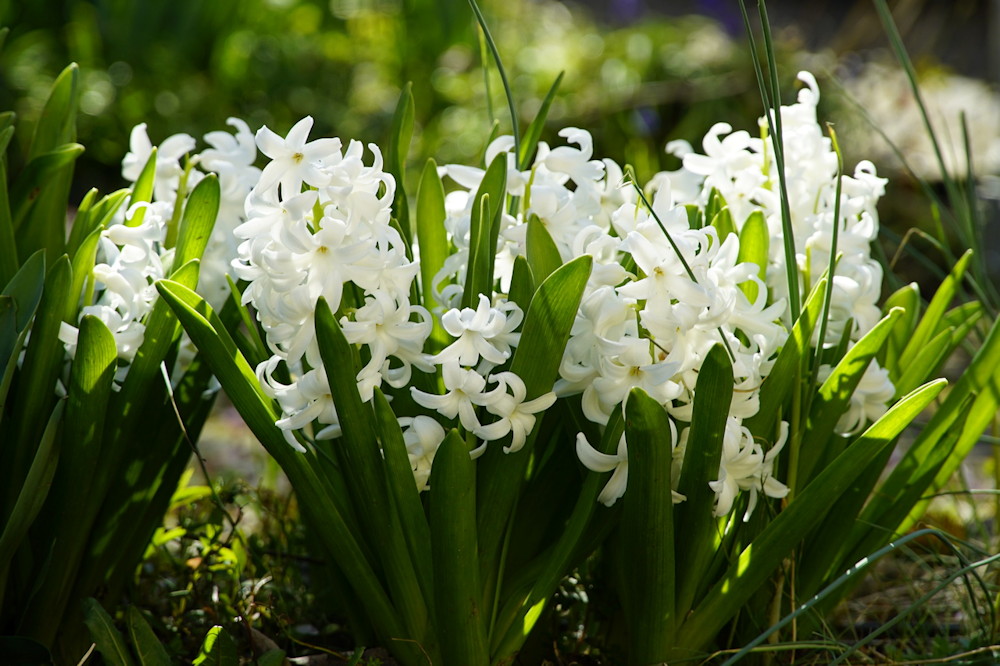
Snowdrops (Galanthus spp.)
- Plant Depth: 2-3 inches (5-7.5 cm)
- Spacing: 2-3 inches apart (5-7.5 cm)
- Bloom Time: Late winter to early spring
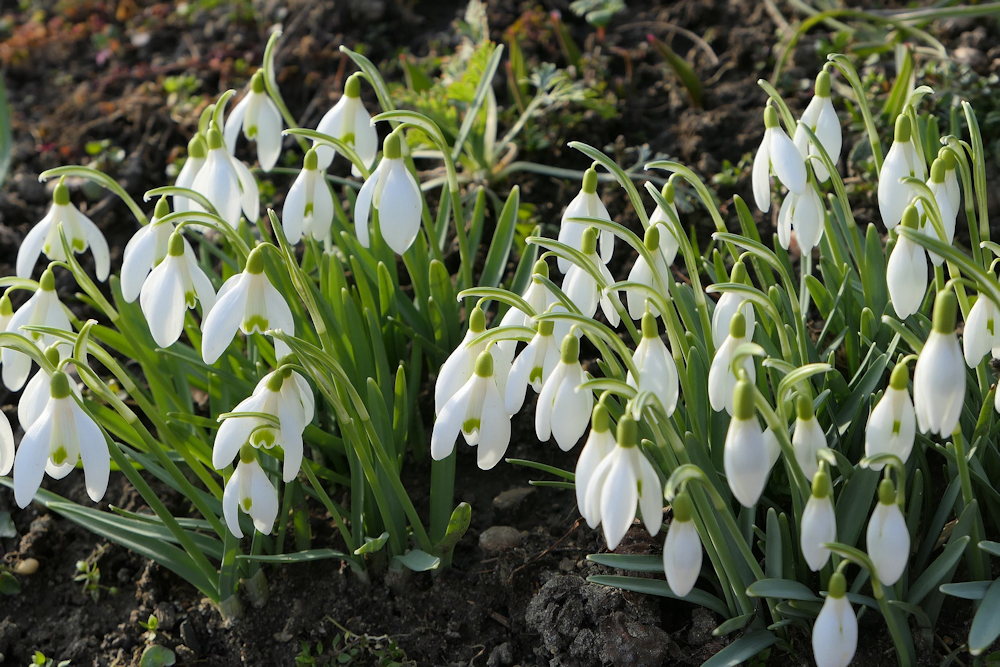
Dispelling Misconceptions
Bulb planting can sometimes be shrouded in myths. Let’s clear the air by debunking five common misconceptions:
- Bigger Bulbs Always Mean Bigger Flowers: While larger bulbs can produce more robust blooms, the size doesn’t guarantee better quality. Bulb health and care also play crucial roles.
- Bulbs Can’t Be Planted in Groups: Planting bulbs in clusters or drifts creates a more natural look in your garden. You don’t have to stick to rigid rows.
- Bulbs Need Frequent Fertilization: Most bulbs store enough nutrients for one season of blooming. Excessive fertilization can harm rather than help them.
- Bulbs Can’t Be Moved Once Planted: Bulbs can be dug up and relocated during their dormant phase if needed. Just be gentle with the roots.
- Bulbs Don’t Need Water After Planting: While bulbs shouldn’t be soaked, they still need moisture to establish roots before winter.
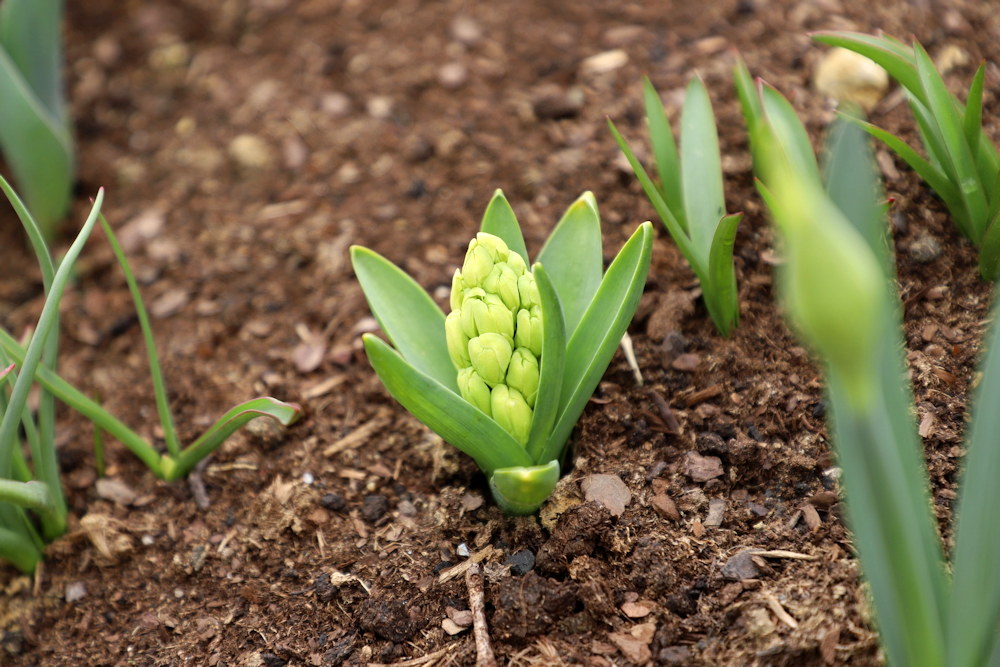
Spring Awaits
As you embark on your journey to plant spring-blooming bulbs this fall, remember that a little planning and care now will yield a spectacular spring display. Whether it’s the vibrant hues of tulips, the cheerful presence of daffodils or the delicate beauty of snowdrops, your garden will be a testament to the rewards of fall bulb planting. So, embrace the season, roll up your sleeves and let your garden flourish with the promise of spring’s arrival. Happy gardening!



